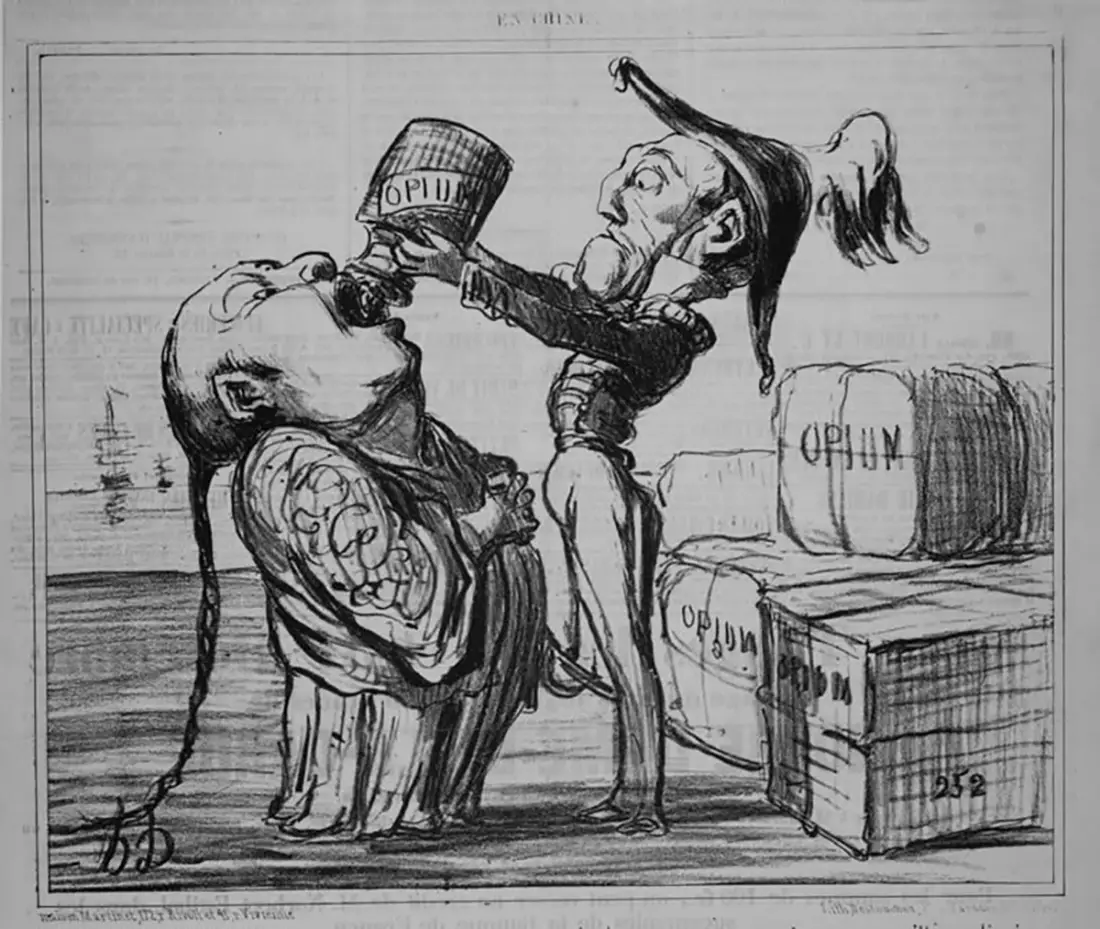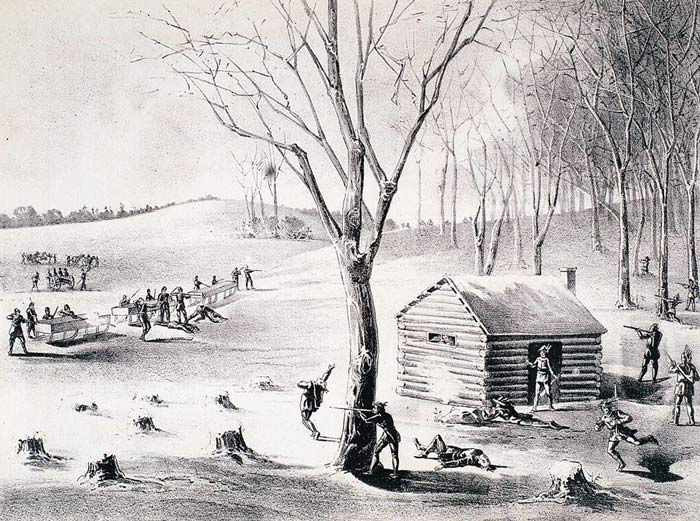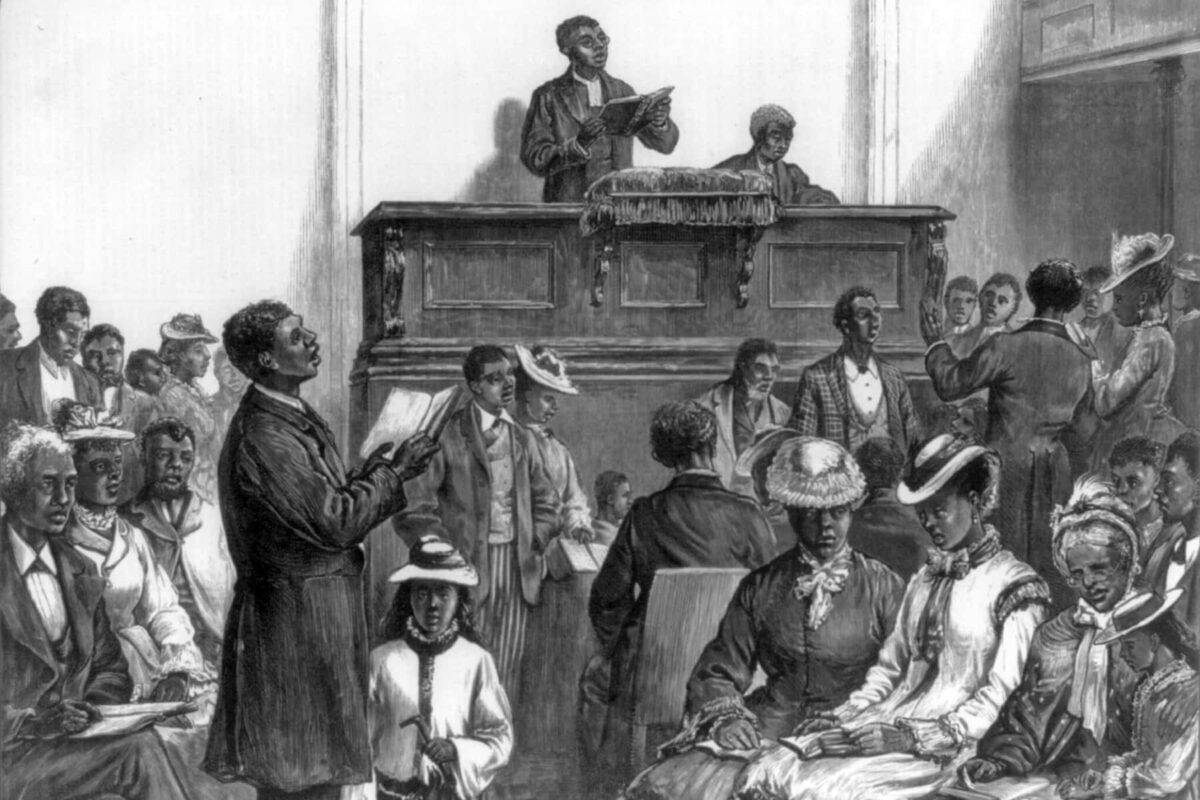In the midst of the most destructive war in China’s history, the imperialists decided it was time to sack and burn China a second time. In this episode, on the Second Opium War, we talk about the deepening imperialism, get you into the bizarre imperialist mind of Lord Elgin as he rationalizes the burning of the palace in Beijing, show you again how Marx was well ahead of his contemporaries writing about the Peiho stitchup, and talk about the strategies of Ye Mingchen and of Prince Seng.
Author: Justin Podur
Civilizations 28a: The worst civil war in history – Taiping Rebellion pt1 1850-1856
The end of the first Opium War was just the beginning of the horrors China faced under imperialism. Beginning in 1850, China was rocked by a 10-year long civil war that took an estimated 20-30 million lives. You read that correctly. In the middle of that war, the imperialists attacked China again and fought a second opium war, which we’ll get to next. But first, the first part of the Taiping Rebellion, from 1850-56.
Civilizations 27: Opium War 1, 1839-40
We reach back in time a little bit to start the Civilizations Series on 19th century China – now known as the century of humiliation. The Opium War was one of the moments that turbo-charged imperialism. We tell the story the way Civilizations does – going back and forth between the imperialists and the local forces that tried valiantly (and in the case of our protagonist this episode, Lin Zexu, honorably) to resist. The series will continue with Opium War 2, the Taiping Rebellion, the reforms, and the Boxer Rebellion – but first, Opium War 1.
Civilizations 26c: Canada pt3 – Canadian colonialism: reserves, pass system, residential schools
By 1885, the Indian Act was in place, most Indigenous people were forced onto reserves, and the nadir of Canadian colonialism (so far) was set. Part 3 of 3 our series on Canada takes us through the residential school system and the racialist ideologies openly expressed throughout this phase of Canadian history.
Civilizations 26b – Canada pt2: disease, extinctions, and colonialism up to the Riel Resistance
Along with colonialism, smallpox and the driving to extinction of the beaver and then the buffalo played an immense role in the creation of what is now Canada. We tell the story of these factors in the development of Canadian colonialism from the days of New France and the Hudson’s Bay Company to the Riel Resistance of 1870, in part 2 of our series on Canada (that will go at least to 3 and probably 4 parts).
Some readings and errata on the Civilizations Resources page.
Civilizations 26a: Canada pt1 – Devolution, Confederation, and Immigration stories
Part 1 of at least 3 on Canada, this one sets up the story of Canadian colonialism with some required historical touchpoints about Canada’s devolution into independence from Britain, the story of Confederation as a series of business deals, and the role of racism in Canadian immigration policy.
My tribute to Mary Jo Nadeau
Organizing an academic panel or a public meeting is something many people can do: it just takes energy and experience, an interest in the matter being discussed and some consideration for the people attending. If it is a matter of public interest, of injustice and oppression, and the meeting itself is part of a struggle for justice – now there are fewer people who can do it. Now, make the topic Palestine, where saying obvious truths in public brings counter-demonstrations, threats, and condemnation from the major media all the way to the parliaments of the country, and the people who can enable education in this context are just a few rare gems. We just lost one of those gems in Mary Jo (“MJ”) Nadeau.
***
For me MJ is the perfect example of the Lao Tzu proverb.
“A leader is best
When people barely know she exists
Of a good leader, who talks little,
When her work is done, her aim fulfilled,
They will say, “We did this ourselves.”
***
In 2010, Studies in Political Economy published an article by MJ (with co-author Alan Sears) called The Palestine Test: Countering the Silencing Campaign. The article was about this element of MJ’s life’s work. MJ and Alan argued “the Palestine test is becoming a crucial measure of commitment to freedom of expression, social justice, and academic freedom on North American campuses in the context of a silencing campaign to shut down Palestine solidarity work.” The following decade, the silencing they outlined in the article has positively roared.
***
It is not easy to define what an organizer is. For activists, it’s an exalted title. I can try to put it this way: Much writing, speaking, marching, and demonstrating goes on. Whether anything changes, whether there is a chance to struggle another day – that effort succeeds or fails based on what organizers do. To put it another way: what’s the difference between a mailing list and an organization? The difference, in at least one case I know of, is whether there is an organizer – in this case, MJ. Often those who know appear arrogant or unapproachable in proportion to their experience of knowledge – MJ proved the opposite to be true, with vast knowledge and vast humility.
***
Around when the article was published I had to call MJ about some organizing problem. When she picked up, I said, “I’m ready.” “For what?” “To take the Palestine test. I think I’m ready to take it.”
The silencing campaign MJ warned about is pervasive and now involves the tech giants and social media platforms that promised to make communication easier. Amid the ever-intensifying silencing, it seemed that less and less was possible to do. But if you wanted to know what was possible, and what people were doing, you could find out by going to MJ.
Civilizations 25: The 1870 Paris Commune, as told by Karl Marx
The Paris Commune was so much more than a short bloody two-month interlude in European politics. In this episode, the story of the Paris Commune as related by Karl Marx in his address to the International Workingmen’s Association. From passing debt relief programs to tearing down militarist statues, the Paris Commune was a real revolution, for a moment at least. With the usual asides and notes about what else was going on.
Civilizations 24: Jamaica 1865 – Morant Bay Uprising shakes the British Empire
In 1865, Paul Bogle led an uprising in Jamaica that was repressed with extreme violence by the British, led by Jamaica’s Governor Eyre. The reaction was disproportionate and the story was big news in Britain, leading to a committee questioning Eyre’s brutality and a counter-committee forming to defend him. Both committees have some big names from Britain’s past: Darwin and Mill on one side, Dickens and Tennyson on the other – and many more.
Civilizations 23d: American Civil War pt4 – the Rise and Fall of Reconstruction
We conclude our 4 part series on the American Civil War following WEB Du Bois’s book Black Reconstruction in America, talking about the brief, glorious moment of potential for genuine racial equality in the United States. In some ways, despite the gains made a century later, we still live with the consequences of the fall of Reconstruction. In the Civilizations Resources page I show how WEB Du Bois divided his bibliography.










